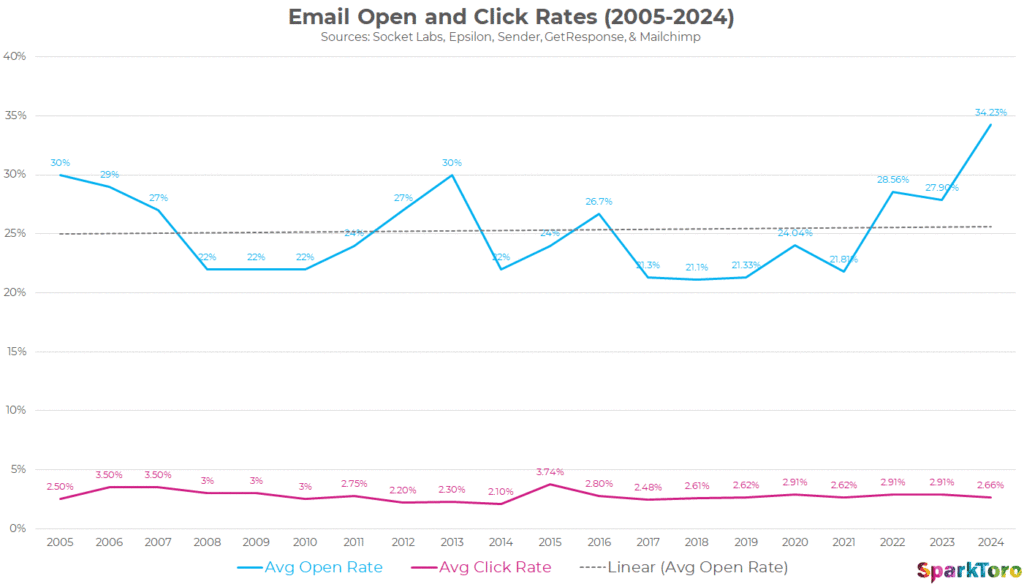Communications isn’t a line item. It’s your lifeline.
You can’t inspire change if no one’s listening.
So like it or not, nonprofit leaders:
You’re not only in the business of fighting poverty and injustice. You’re also in the business of developing and advancing big, bold ideas.
“If you want your ideas to take hold and win, you need to communicate and communicate well. It’s not an option anymore — it’s a necessity,” says The Case for Communications.
Consider this. ⤵
Research found that nonprofit “organizations that excel at communications are stronger, smarter, and vastly more effective.” Not just at fundraising — at impact too.
But discrimination against nonprofits has warped our sector into thinking that advertising and marketing are a no-no, according to this TED Talk from Dan Pallotta.
“I don’t want my donation spent on advertising, I want it to go to the needy,” claims the average naive donor.
Although money invested in communications could bring in dramatically more money for the needy, says Pallotta.
It’s simple math.
And simple logic.
“Brilliant experts can write compelling policy papers filled with breakthrough ideas to make our society better. But they can’t influence and shape the debate if no one is reading and digesting their work,” says Daniella Leger.
“And if you look at the most successful organizations — no matter their mission — you’ll see that a strong and fully integrated communications strategy is always an important part of what they do.”
Comms isn’t a line item.
It’s your lifeline.
Comms doesn’t detract.
It multiplies.
💪🏽💛
The daily bonus
I beat the drum often about the number one communications channel for nonprofits:
Email marketing.
So here’s a new study that confirms what we already know. Email has the highest return-on-investment, year over year over year.
Email is the Most Consistent, Reliable Marketing Channel on the Web and I Can Prove It
Sneak peek
Coming up in tomorrow’s newsletter:
Good stories beat good spreadsheets.
Donors don’t act because of your data.


